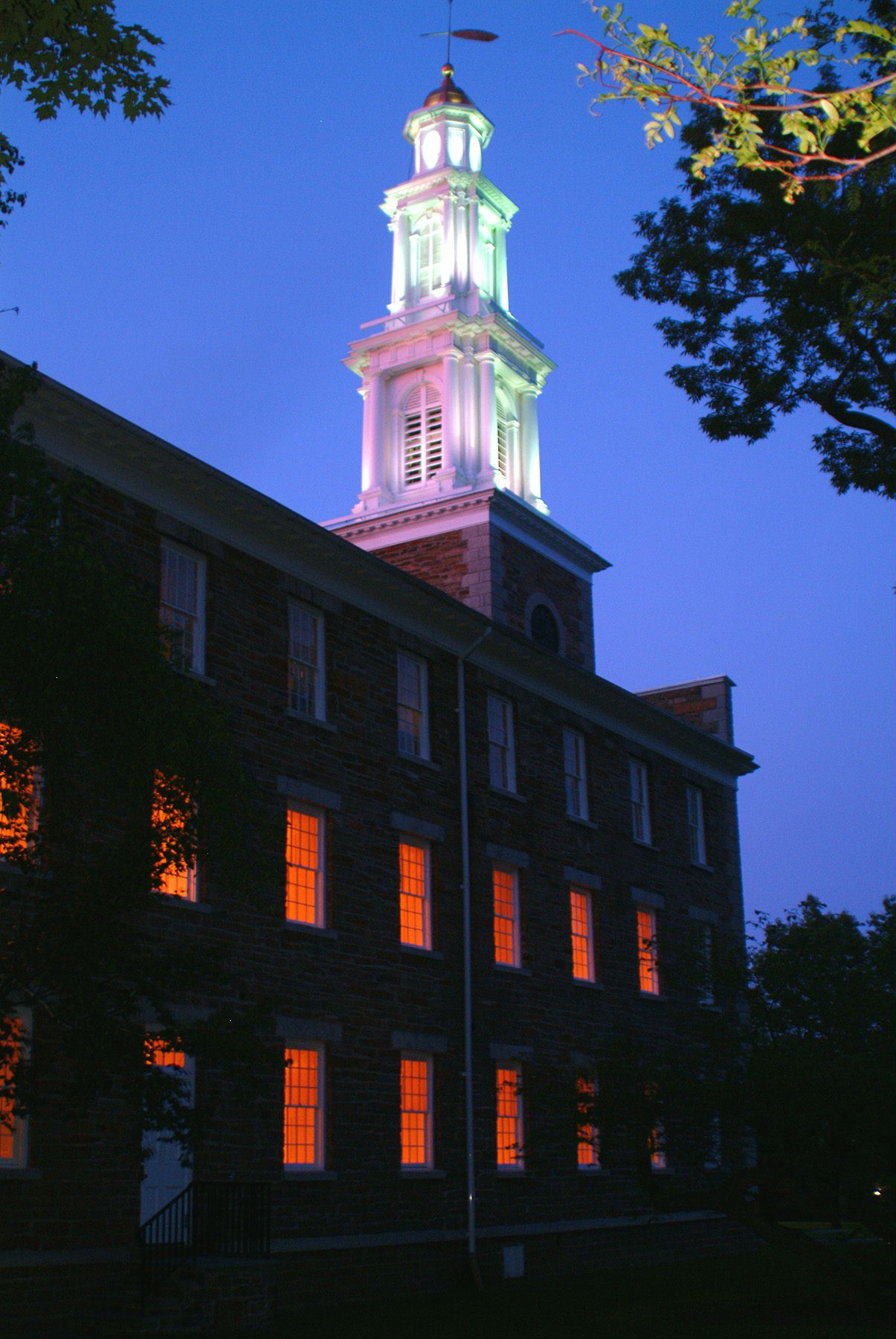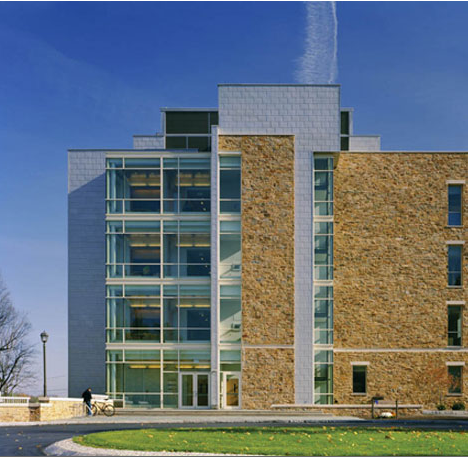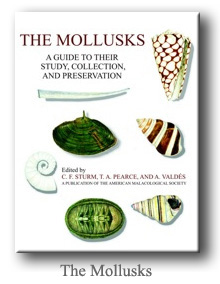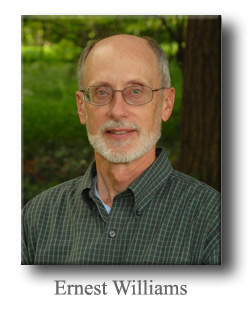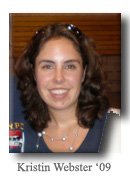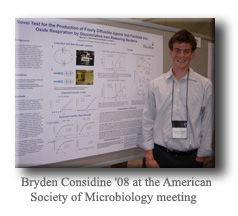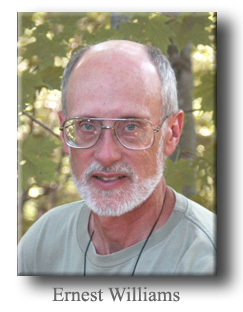What's New
The Mollusks: A Guide to Their Study, Collection, and Preservation WIns Book Award
Reynolds Contributed Chapter
Contact: Holly Foster
Phone: (315) 859-4068
October 6, 2008
A 2006 book to which Professor of Biology and Associate Dean of Faculty Pat Reynolds contributed a chapter, has been chosen as a winner of the Florida Publishers Association 2008 Book Awards. The Mollusks: A Guide to Their Study, Collection, and Preservation was named in the best Adult Nonfiction category. Reynolds' chapter is on the class Scaphopoda, known as the tusk shell because of its hollow, curved, conical tube shape.
Award winners were selected by the competition's 35 judges (32 librarians from across Florida and 3 members of a nationally recognized book design firm.) The book is a publication of the American Malacological Society, "a dynamic international society of individuals and organizations with an active interest in the study and conservation of mollusks."
Biology Classes Explore Marine Habitats Along Connecticut, Rhode Island Shores
Contact: Holly Foster
Phone: (315) 859-4068
October 1, 2008
The Marine Biology and Invertebrate Biology classes, taught by Professors Pat Reynolds and Ashleigh Smythe, respectively, explored the diversity and ecology of marine habitats along the Connecticut and Rhode Island shores during the weekend of Sept. 27 and 28. The several habitats studied included the rocky shore at Weekapaug, R.I., and the salt marsh and mudflat at Barn Island, Conn., and pelagic and demersal habitats while at sea on Long Island Sound. The classes were joined in the field work by Prof. Damhnait McHugh (Colgate, Mellon Visitor at Hamilton F'09) and Prof. Jim Carlton, Director of the Williams-Mystic Maritime Studies Program.
Ecology Class Treks to Adirondacks to Study Elevational Zonation
September 30, 2008
 Hamilton's classes take advantage of our proximity to the Adirondacks. On Sept. 28, the Ecology class (Biology 237) travelled up Whiteface Mountain in the Adirondack high peaks to study elevational zonation in the montane forest and the forms of alpine vegetation. Highlights on this annual trip were the flag trees at treeline, the lichen mats in the alpine, and the spectacular fall colors in the forest. Students included Dan Barrios '10, Gary Bedrosian '11, Megan Braaten '11, Clare Browne '11, Emma Domby '11, Anne Gravely '11, Wes Mayberry '11, Jon Pinney '11, Quillan Reed '11, Jen Santoro '11, Annie Scott '11, Alice Townsend '11 and Sara Venjohn '10. Ernest Williams, the Christian A. Johnson Professor of Biology, and Associate Professor of Biology William Pfitsch accompanied their students.
Hamilton's classes take advantage of our proximity to the Adirondacks. On Sept. 28, the Ecology class (Biology 237) travelled up Whiteface Mountain in the Adirondack high peaks to study elevational zonation in the montane forest and the forms of alpine vegetation. Highlights on this annual trip were the flag trees at treeline, the lichen mats in the alpine, and the spectacular fall colors in the forest. Students included Dan Barrios '10, Gary Bedrosian '11, Megan Braaten '11, Clare Browne '11, Emma Domby '11, Anne Gravely '11, Wes Mayberry '11, Jon Pinney '11, Quillan Reed '11, Jen Santoro '11, Annie Scott '11, Alice Townsend '11 and Sara Venjohn '10. Ernest Williams, the Christian A. Johnson Professor of Biology, and Associate Professor of Biology William Pfitsch accompanied their students.
Chang Presents at NSF CCLI Conference
September 15, 2008
Smythe Conducts Field Research in Panama
Contact: Holly Foster
Phone: (315) 859-4068
September 2, 2008
Visiting Assistant Professor of Biology Ashleigh Smythe spent 10 days in August at the Smithsonian Tropical Research Institute's Bocas del Toro field station on the Caribbean coast of Panama. She collected tiny marine worms called nematodes, which are the focus of her research. Nematodes are found in all types of sediment, terrestrial and aquatic.
This collecting trip focused on nematodes in sand from coral reef habitats accessible only by scuba diving. Her goal was to collect nematodes from a wide range of taxonomic groups to contribute to the Barcode of Life project, an international initiative aimed at cataloguing the diversity of life with DNA sequence data. In addition, she collected members of the order Enoplida, an evolutionarily important group of nematodes for which she and her research students are reconstructing the phylogenetic relationships.
Williams Presents Research at Ecological Society of America Meeting
August 12, 2008
Ernest Williams, the Christian A. Johnson Professor of Biology, attended the annual meeting of the Ecological Society of America, in Milwaukee, Wis., in early August, where he made two presentations. He presented a research poster, that was coauthored by Associate Professor of Biology Bill Pfitsch, titled "Habitat restoration for lupine and specialist butterflies," and also gave a talk in a special education session, titled "Undergraduates in research: Finding benefits for both students and faculty.
Sven Oman '10 Research on Red Blood Cell Fragility Aimed at Diabetes
August 5, 2008
Before researchers can develop treatment for Type II diabetes, they must improve their understanding of the disease's biological progression. So far, it is clear that diabetic mice often exhibit osmotic red blood cell fragility, meaning that their red blood cells are more likely to burst than normal cells in aqueous solutions. Osmotic red blood cell fragility can cause diseases such as retinopathy, a disease of the retina that results in blindness. In an effort to lay the groundwork for diabetic medical developments, Sven Oman '10 (Watertown, N.Y.) is investigating the progression of red blood cell fragility in diabetic mice with Assistant Professor of Chemistry Nicole Snyder and Professor of Biology David Gapp. More ...
Kristin Webster '09 Interns in Neuropsychology at John Heinz Rehabilitation Center
July 18, 2008
Sometimes obtaining a Hamilton degree involves much more than just a student's experience on the Hill. For Kristin Webster '09, studying neuroscience has involved the entire spectrum of topics, from the research at the cellular level under Associate Professor of Biology Herman Lehman to classes on abnormal psychology and neuropsychology during a spring abroad at Oxford University. This summer, Webster is adding practical experience in neuropsychology to the list, interning at John Heinz Rehabilitation Center in Wilkes Barre, Pa. More ...
Bryden Considine '08 and Mike McCormick Present Research in Boston
June 16, 2008
Bryden Considine '08 and Assistant Professor of Biology Mike McCormick presented their research at the national meeting of the American Society of Microbiology in Boston, June 1-5. Considine and McCormick presented a poster describing a novel technique they developed to search for biologically produced compounds that permit iron-reducing bacteria to respire iron oxides solids that are far from the bacteria. Support for this project was provided by the U.S. Department of Energy.
Williams to Lead Nature Walk Through Utica Marsh on June 16
June 16, 2008
Professor of Biology Ernest Williams will lead a walk through the Utica Marsh as part of the Utica Monday Nite Walks & Talks Series on Monday, June 16, beginning at 6:30 p.m. The walk is titled "Observing Nature at the Utica Marsh." Williams also gave a presentation on monarch butterfly migration at the Visitor Center of the Montezuma National Wildlife Refuge on June 15. His talk was part of its 5th annual Wildflowers and Wine Festival. Finally, on Thursday, June 19, he will speak to all the Clinton third grade classes about butterflies.
